Mark Wong was tromping through the jungle in Singapore, looking for ants, when he flipped a log over and saw something that looked like it had crawled out of Jurassic Park.
“At first I thought it was a piece of fungus, and then it started moving slowly,” says Wong, a National Geographic young explorer.
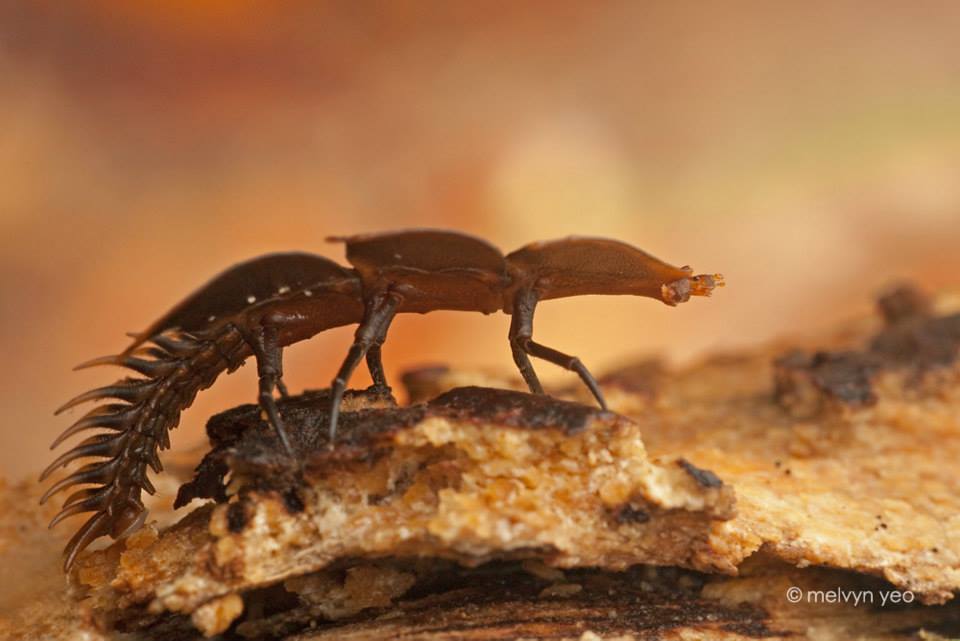
It was a trilobite beetle, a bizarre prehistoric-looking insect that has kept scientists baffled for nearly 200 years.
They get their name from trilobites, those creepy-crawly, armored sea creatures that you may have seen in fossils.
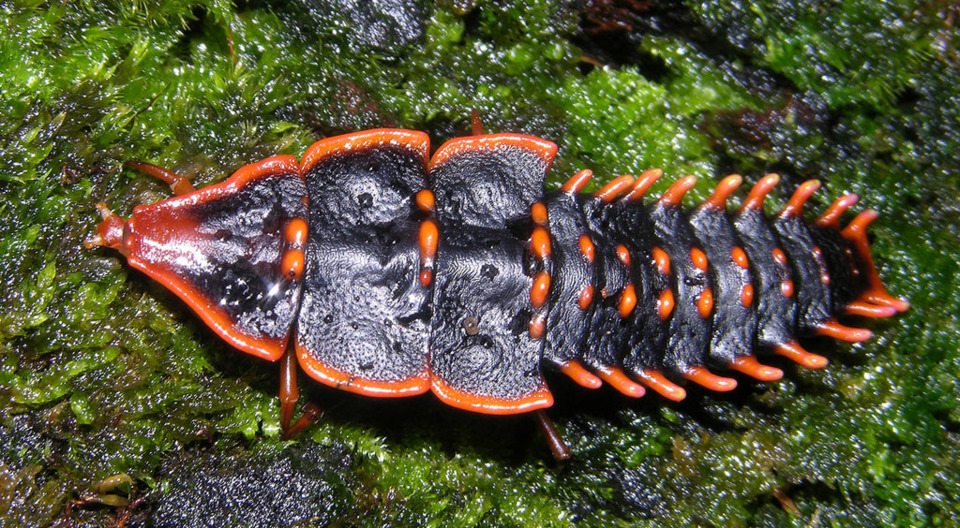
But even though they look prehistoric, trilobite beetles didn’t even exist until around 47 million years ago 200 million years after trilobites had gone extinct.
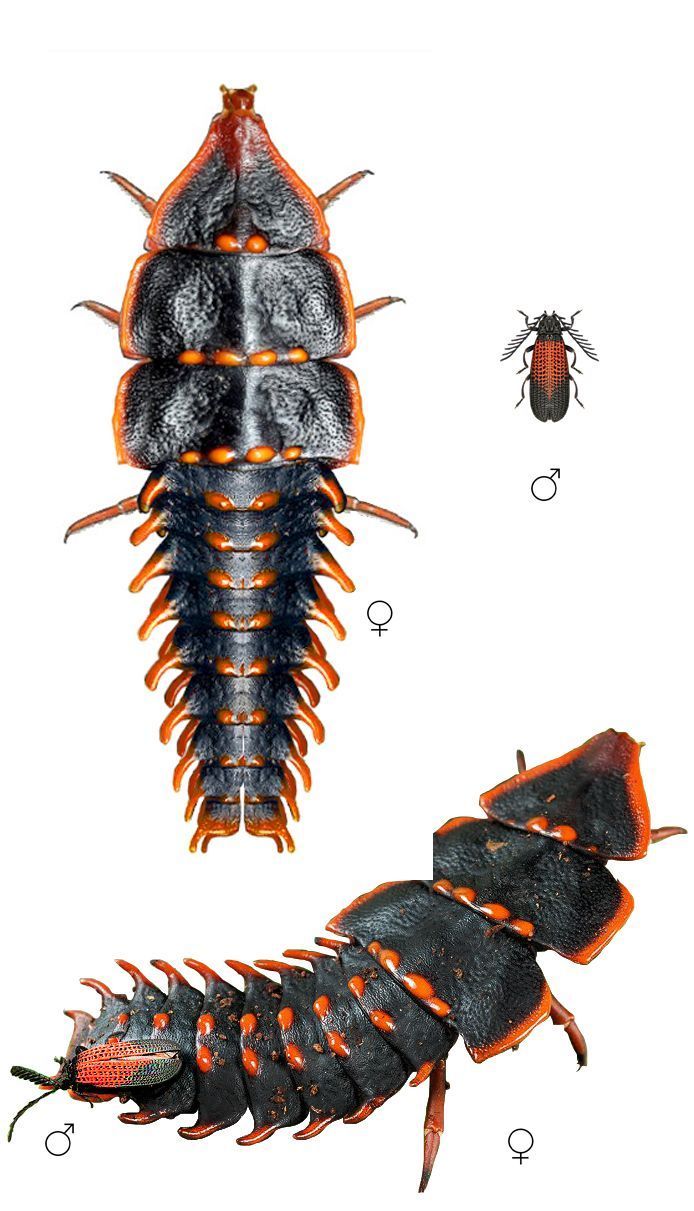
(To give you an idea how long that is, the dinosaurs appeared, stomped around the Earth, and went extinct during the т¡мe between trilobites and trilobite beetles).
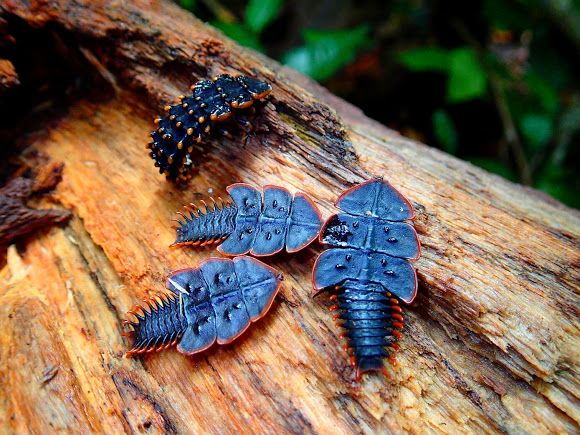
Trilobite beetles aren’t the only critters that have tricked people into thinking they’ve discovered a living trilobite, probably because lots of animals find that foldable armored plates are a nifty survival feature. But they also have plenty of flair.
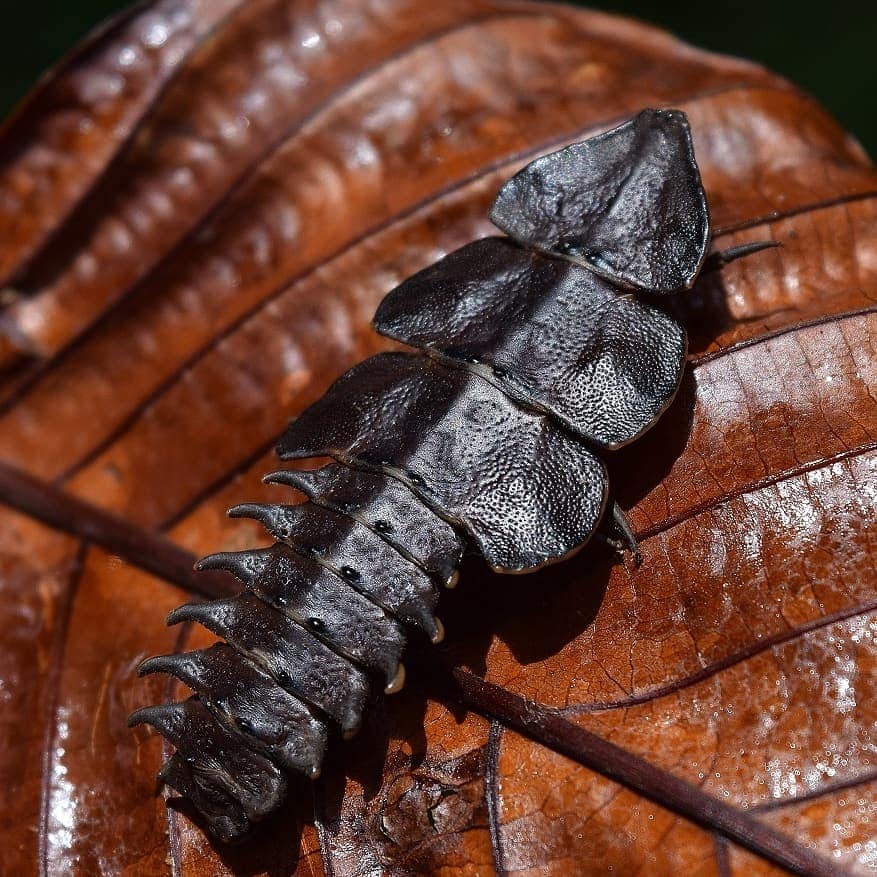
There are purple trilobite beetles, green ones, and black ones with bright orange dots. Plus, they can retract their heads like tortoises.
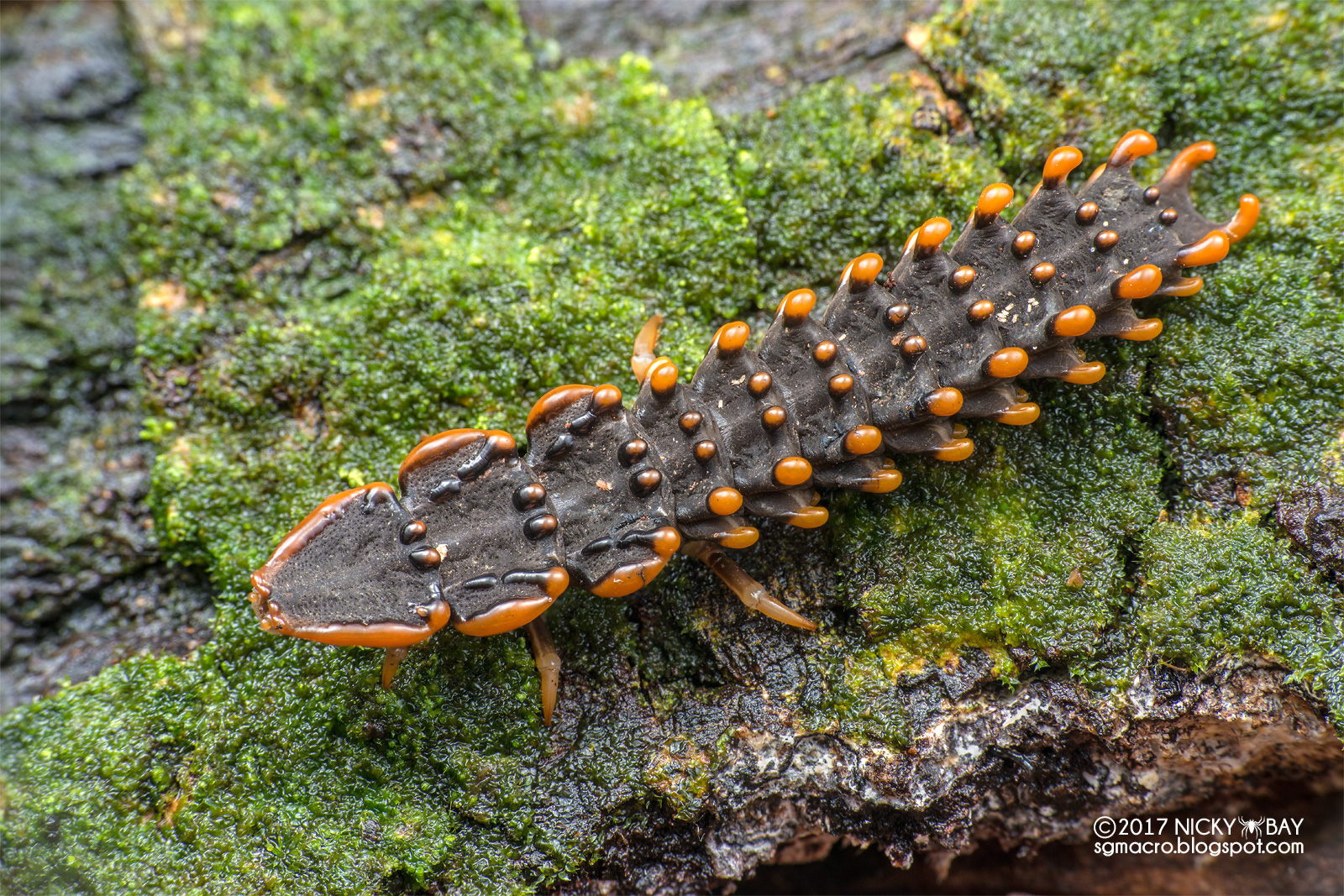
And, strangest of all, it took nearly a century of searching to find a male trilobite beetle.
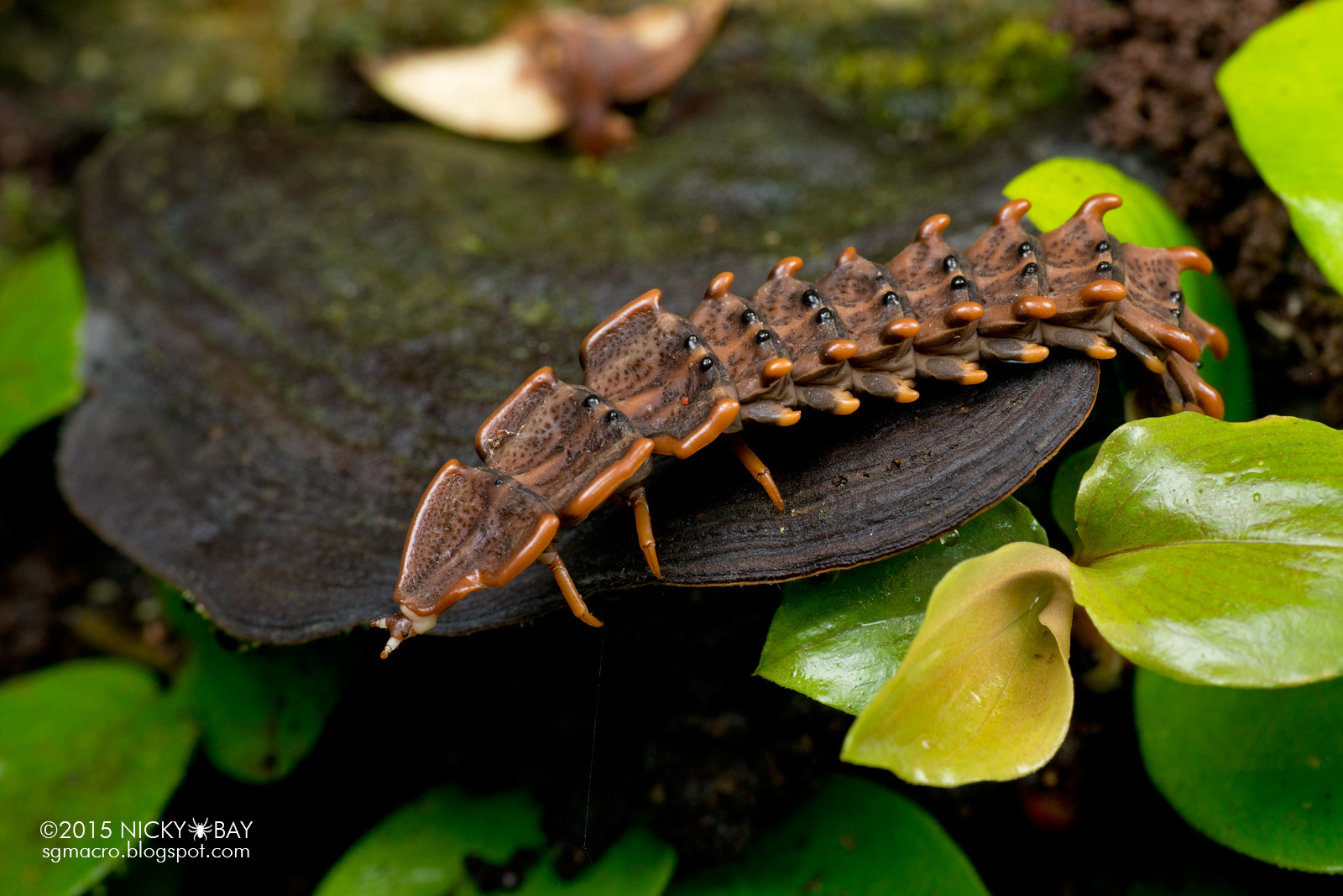
That’s right all of the beetles that look like trilobites are females. The spiky ones, the flat ones, even the purple and green ones.

The scientists who discovered them in the 1800s were very confused. Do these females have sex? If so, with whom?
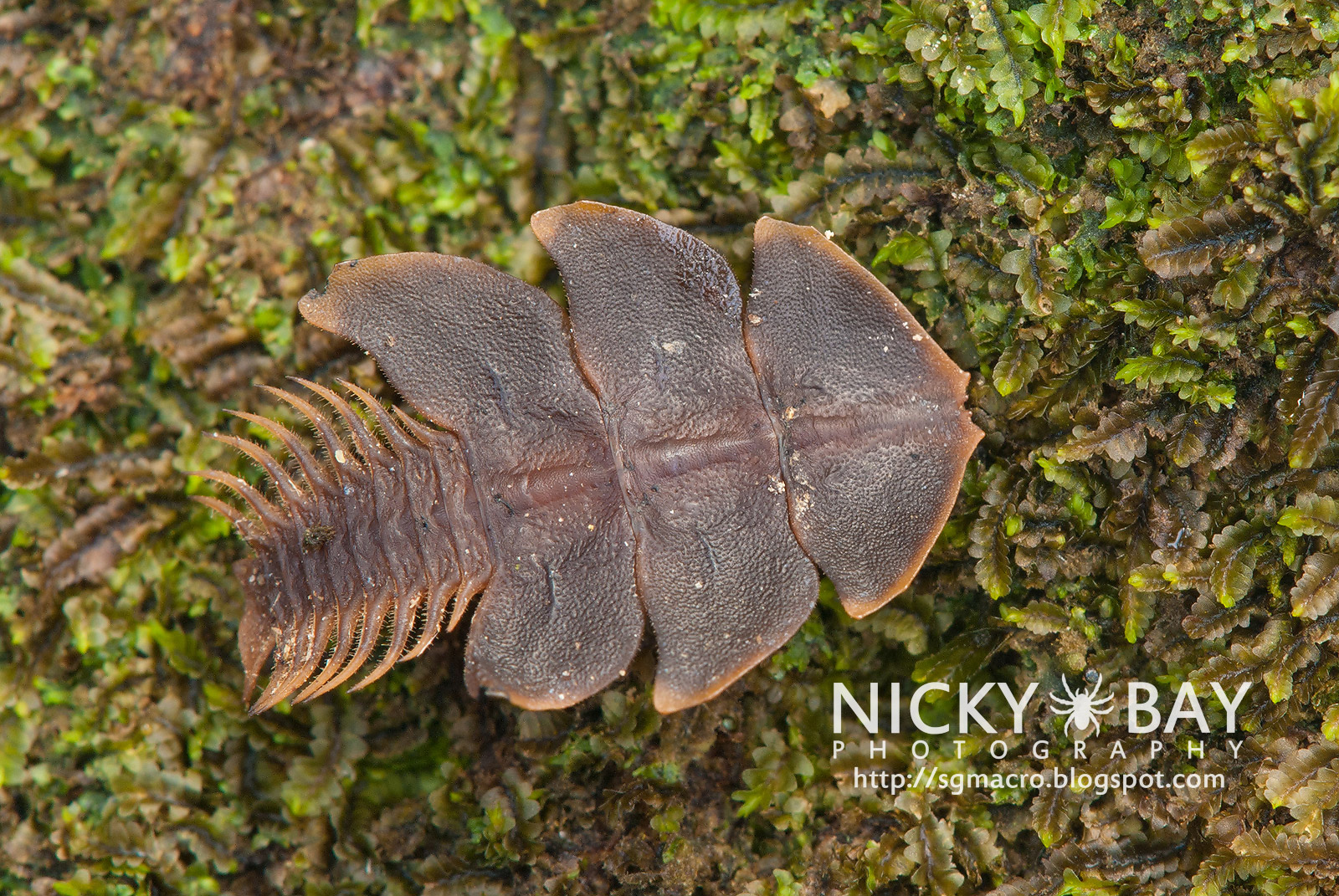
So in 1922, a Swedish zoologist named Eric Mjoberg arrived in Borneo with a magnifying glass and a mission: to find a male trilobite beetle. “I made up my mind to have the problem of the trilobite-larvae of Borneo definitely solved,” he wrote in 1925.
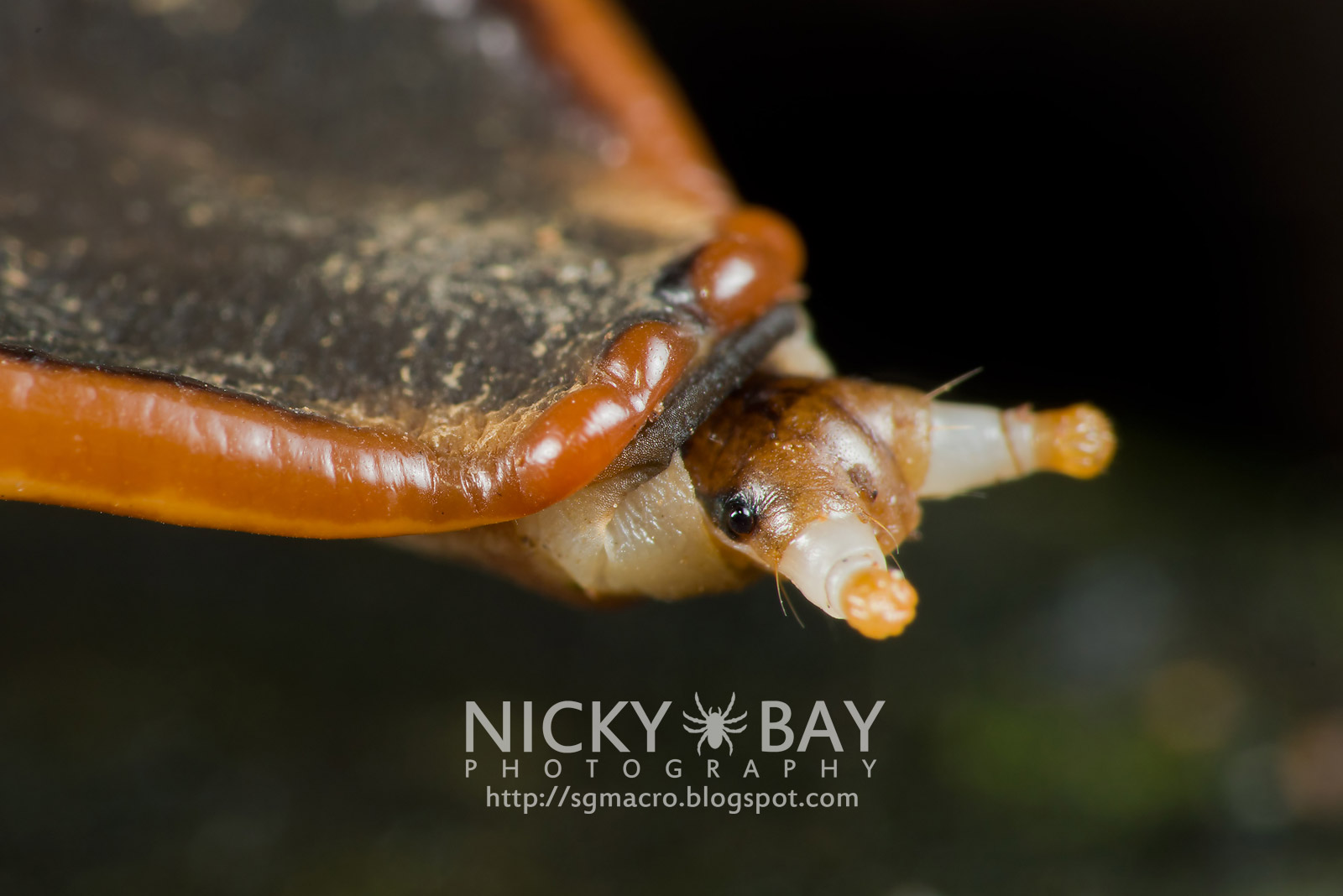
And so he did, or at least he thought so. He even titled his research paper “The Mystery of the So Called ‘Trilobite Larvae’ or ‘Perty’s Larvae’ Definitely Solved.”
Mjoberg first established that all of the trilobite-looking larvae were definitely females.

What’s more, there didn’t seem to be any adults. Most insects go through distinct stages: larva, pupa, adult. But the trilobite beetles all looked like larvae, with no sexual opening for mating.
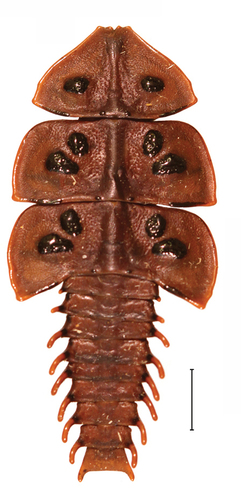
Mjoberg was perplexed. “Although having for years hunted through the jungles … and having turned every stone and split up thousands of pieces of decaying wood or heavy logs I have never been able to find a single fully developed female, in spite of the fact that full grown larvae were abundantly common thereabouts.”
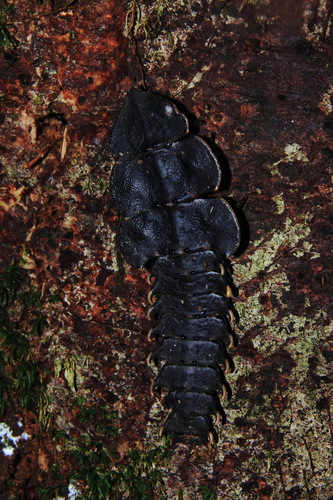
Finally, he noticed a female he had captured curled up in a ball, apparently dead, for several days. It turned yellowish-white and then, having molted, started crawling about again.

The only difference Mojberg could discern was the sudden appearance of a sexual opening finally, he had an adult female.
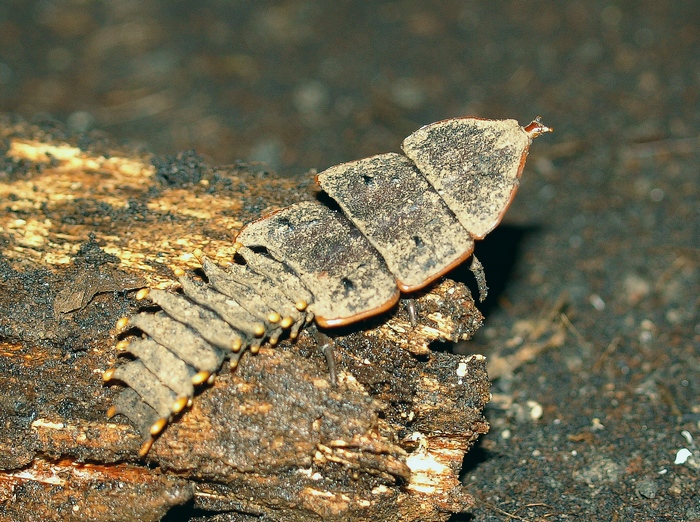
She began laying eggs, and every morning Mojberg would find her in her cage, her abdomen turned up to expose her sexual opening, on which a drop of clear liquid glistened.
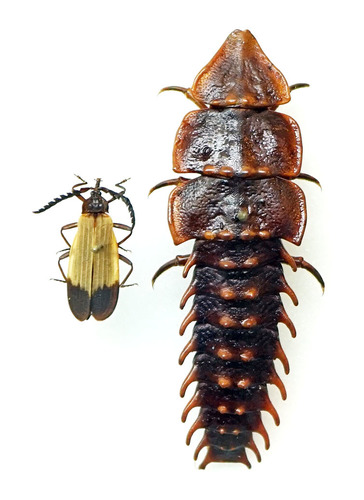
She was ready to mate. But Mojberg hadn’t found a male for her, and after laying a few hundred unfertilized eggs, she died.
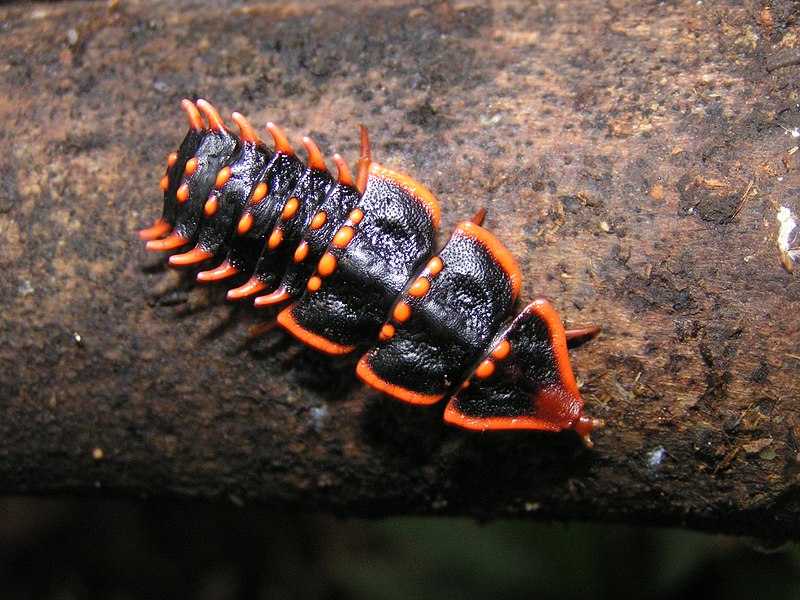
MINOLTA DIGITAL CAMERA
But she gave Mojberg an idea. He collected more females, and when they became sexually mature and started displaying their droplets, Mojberg took them back into the rain forest,

where he tied them up “with a string long enough to allow them to move about in a circle.” There, the females circled endlessly while Mojberg waited for a male to appear, lured in by their displays. None did.
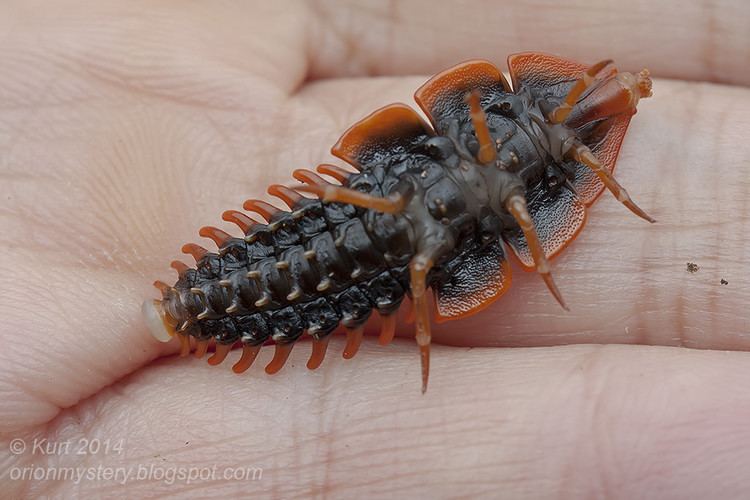
Undeterred, Mojberg tried again the next year. This т¡мe, he enlisted local people to watch for males. “A reward of $10.00 for the first male stimulated the collectors very much in their efforts,” he wrote.
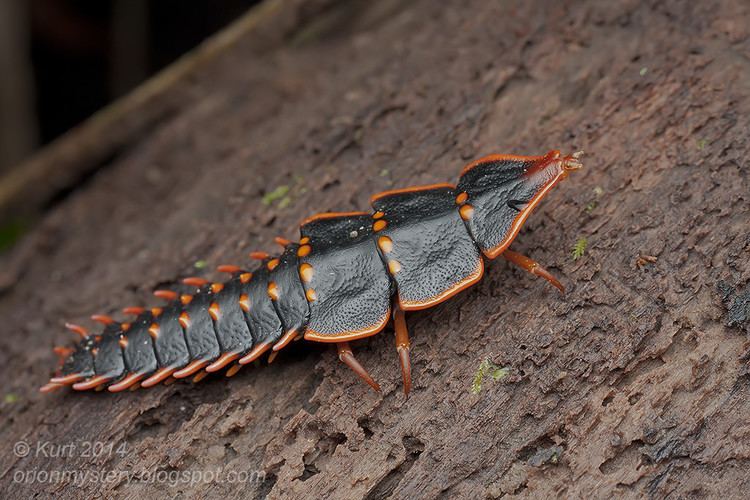
Finally, one morning a collector ran to Mojberg with a pair of trilobite beetles wrapped in a banana leaf.
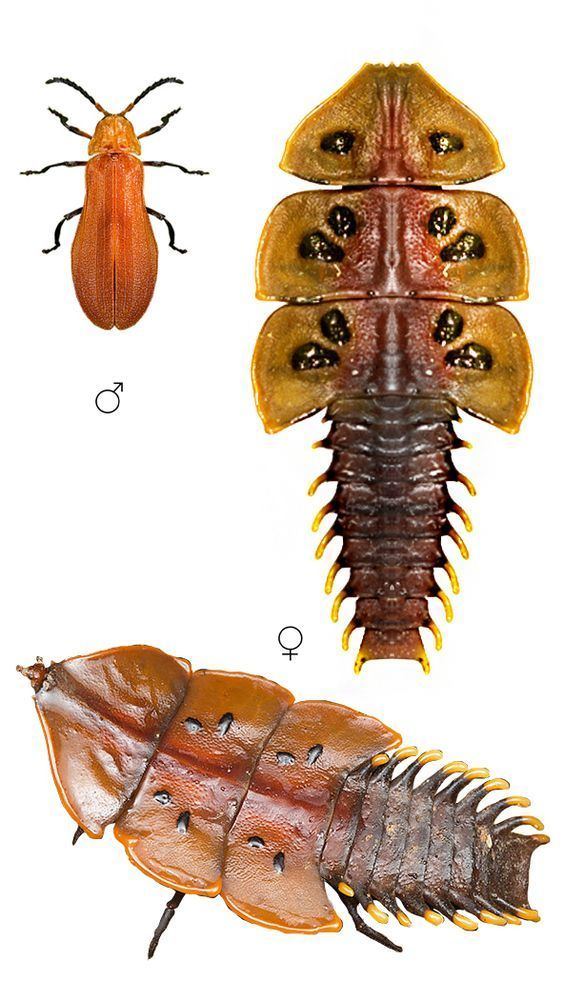
The male’s abdomen was inserted into the female’s opening: proof positive that he had caught a male and female in flagrante. Finally, he could see what the male looked like!
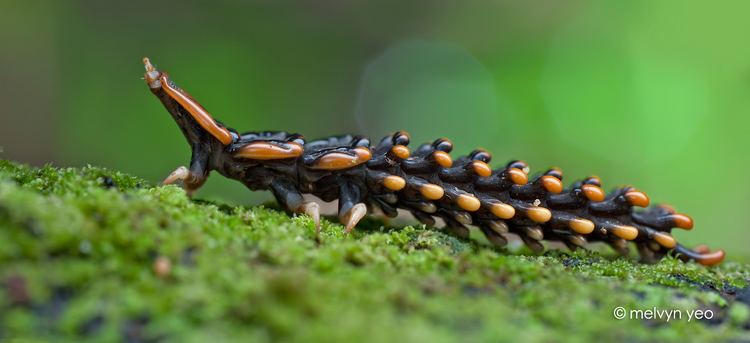
What he found was a small black-winged beetle that looked nothing at all like the spectacular horned female and was about a tenth of her size.
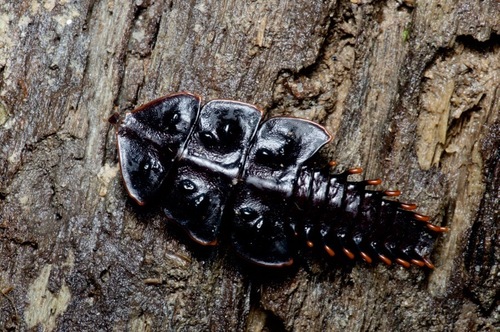
Mojberg wasn’t disappointed, though. He had found a male and established that trilobite beetle females keep their larval form throughout life, an unusual type of neoteny or, retention of juvenile form that may allow the females to invest more energy into making big healthy babies.

nd because the males look completely different from the females, to this day it’s very hard to tell if a male and female trilobite beetle are the same species without DNA analysis or catching them mating.
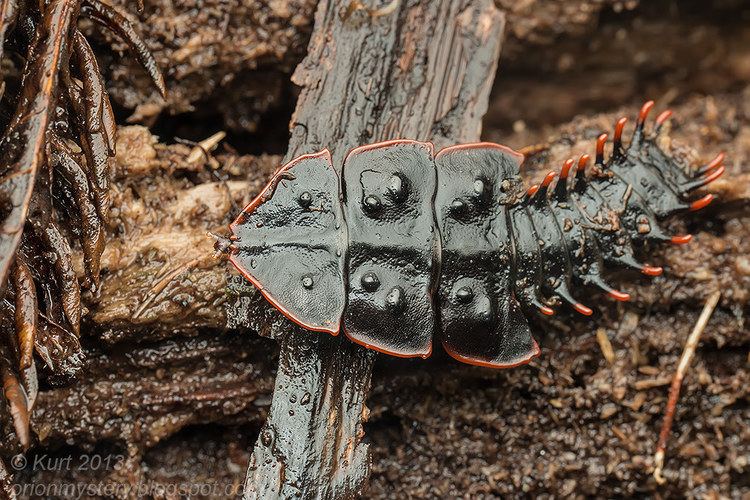
Nearly another century would pass before a second mating was observed: a pair caught in the act by Alvin T.C. Wong in 1993.
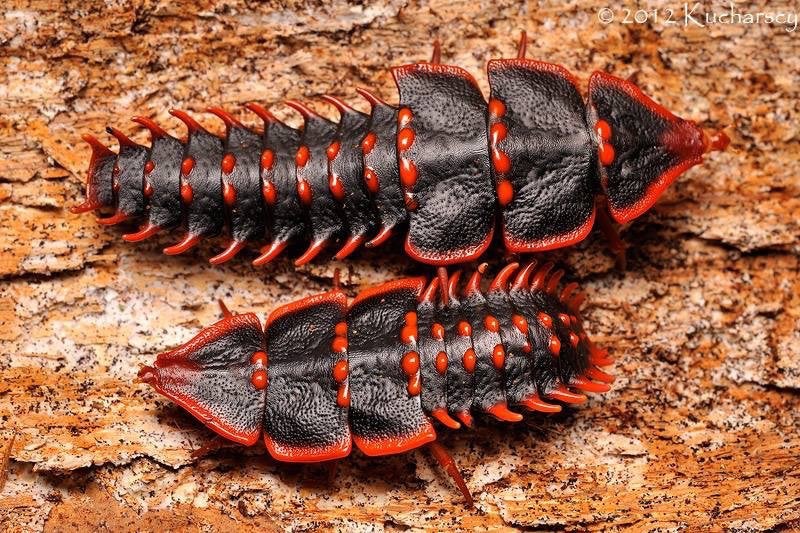
Alvin Wong (no relation to Mark) tried to get that beetle’s eggs to hatch, but they died, leaving unanswered whether the males look different from the females from birth and how they change as they grow. And it’s still not clear what trilobite beetles eat.
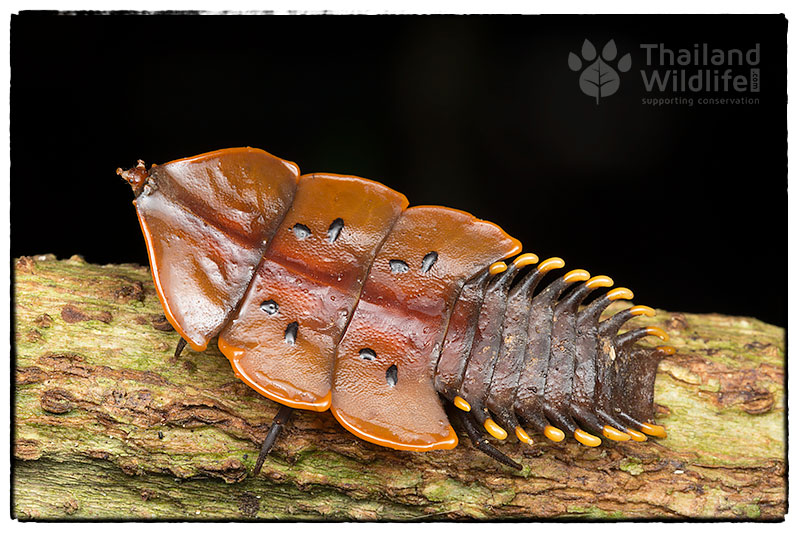
So the beetles remain mysterious not to mention hard to find. “I’ve been flipping over a lot of logs and I’ve only seen one,” Wong says.
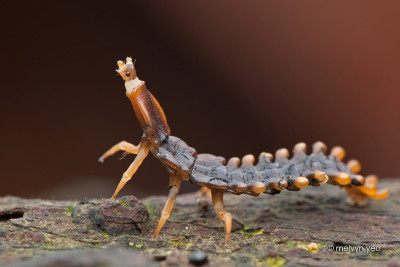
But he’ll keep looking. “You never know if there’s something like a trilobite beetle right under your feet,” he says. “So turn over a log, and you might find something interesting.”


